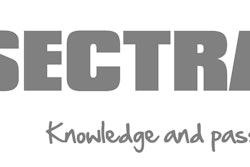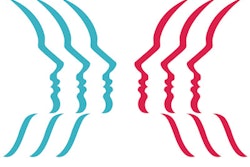Deep-learning methods have immense potential, but in healthcare -- especially radiology -- access to relevant data for training the software remains a challenge, according to presenter Daniel Forsberg, PhD, of Swedish PACS firm Sectra.
"Even though there is an abundance of medical images available at the hospitals, the images typically have to be manually annotated before use as training data," Forsberg told AuntMinnie.com. "Since deep-learning-based methods require large amounts of training data, this process can be prohibitively cumbersome for widespread use of deep learning in medical imaging."
In a collaborative study between University Hospitals Cleveland Medical Center and Sectra, the research team sought to investigate whether it would be feasible to employ existing image annotations in the image archives to build and train a spine-labeling deep-learning pipeline for MR based on convolutional neural networks. After approximately 500 cases of lumbar MR scans were extracted along with clinically provided spine labels, the data were split into training, validation, and test sets.
Even though there were some inaccuracies in the spine labels provided as training data, the trained spine-labeling pipeline achieved 97% detection accuracy, 93% label accuracy for T1-weighted images, and 94% label accuracy for T2-weighted images, Forsberg said.
"These results show that efficient deep-learning pipelines can be built and trained given somewhat size-limited image datasets and that clinically provided annotations are an important data source to mine for the annotations needed to build the training datasets," Forsberg said. "Further, this study highlights the aspect where deep-learning-based methods are used to provide support to reading radiologists and relieve them of some of the manual work they typically perform."
To learn more, check out this poster presentation in Chicago.



















